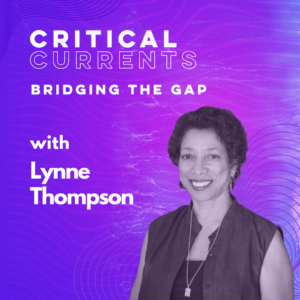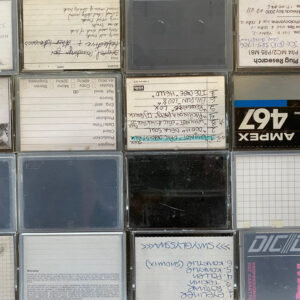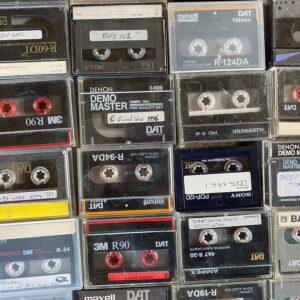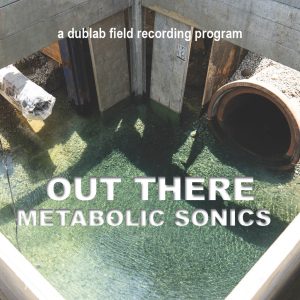DEEP ROUTES Episode 1: Downtown L.A., Punk's Edge
07.07.20

Metro Art has partnered with local community driven radio and arts foundation, dublab, to create this special programming series. Each episode is a multimedia dive into the various intersecting musical histories embedded into the streets, buildings, and neighborhoods of Los Angeles – with each corresponding to a Metro Rail transit corridor that is currently under construction: Regional Connector in Downtown LA, Purple Line Extension along the Wilshire Corridor, and Crenshaw/LAX connecting to Mid-City and Leimert Park. Hear from a spectrum of musicians who defined their respective scenes along with a collaged soundtrack of hand selected music, interviews, archival photos, and a broadcasted livestream of the accompanying geographies as seen from a Metro Bike as visual accompaniment.

Episode #1 – During the late 1970’s and into the 1980’s, punk in Los Angeles was in full bloom—bands like the Alleycats, X, The Plugz, The Go-Go’s, The Bags, The Germs, and many more were shaping what is now considered the most formative and the first wave for Los Angeles punk as a genre and mentality.
Most of the activity was centered and well documented around Hollywood at venues like The Masque, Starwood, and Whisky a Go Go. However, just down the 101 Freeway other enclaves of the punk scene were emerging. On Deep Routes: Downtown L.A., Punk’s Edge we explore the sounds that exploded into being in Los Angeles’ desolate downtown.
Don Bolles (The Germs/45 Grave) describes it like a West Berliner going to East Berlin pre-fall-of-the-wall but possibly more dangerous. It was seen as a “no man’s land” says KK Barrett (The Screamers). Yet going into Chinatown and Little Tokyo you came across venues like the Hong Kong Café and Brave Dog that hosted some of the most fringe scenes around—catering to art-driven post-punk, noise, hardcore, and further iterations of sonic blasphemy.
The Atomic Cafe was where many of the punks congregated and became the most visible. After shows and late at night anyone could walk in and see a cast of well known bands in the scene, celebrities, Latinx punks from the Eastside, artists, queers, and anyone that didn’t fit neatly into a category.
Police riots in Los Angeles have been happening for a long time and often underground communities are at the receiving end of the nightsticks. In Deep Routes, Lisa Fancher of Frontier Records describes a raid on a punk show at the Elk’s Lodge—recounting how the overreacting LAPD rained down on the music gathering with helicopters and body armor clad police smashing windows and humans along the way.
This first wave of punk was also coinciding with a new era of genres that changed the face of music culture. In the intersectional moment of the early 80s, punks could often be found in hip-hop clubs such as KK Barrett (The Screamers) and Trudy Barrett (The Castration Squad) detail in a story about their late-night underground club Radio, where house MC—the now iconic rapper Ice-T, might introduce a young Madonna to perform an impromptu song for a diverse room of music freaks blending fashion and energetic outlooks.
Enjoy this premiere episode of Depe Routes where you’ll hear firsthand from figures in and around Los Angeles’ first wave punk scene: KK Barrett of The Screamers, Trudie Arguelles-Barrett from the Plungers, Frontier Records founder Lisa Fancher, Mike Watt of Minutemen, The Germs’ Don Bolles, Desolation Center’s Stuart Swezey, and Atomic Nancy of the infamous Atomic Cafe.











